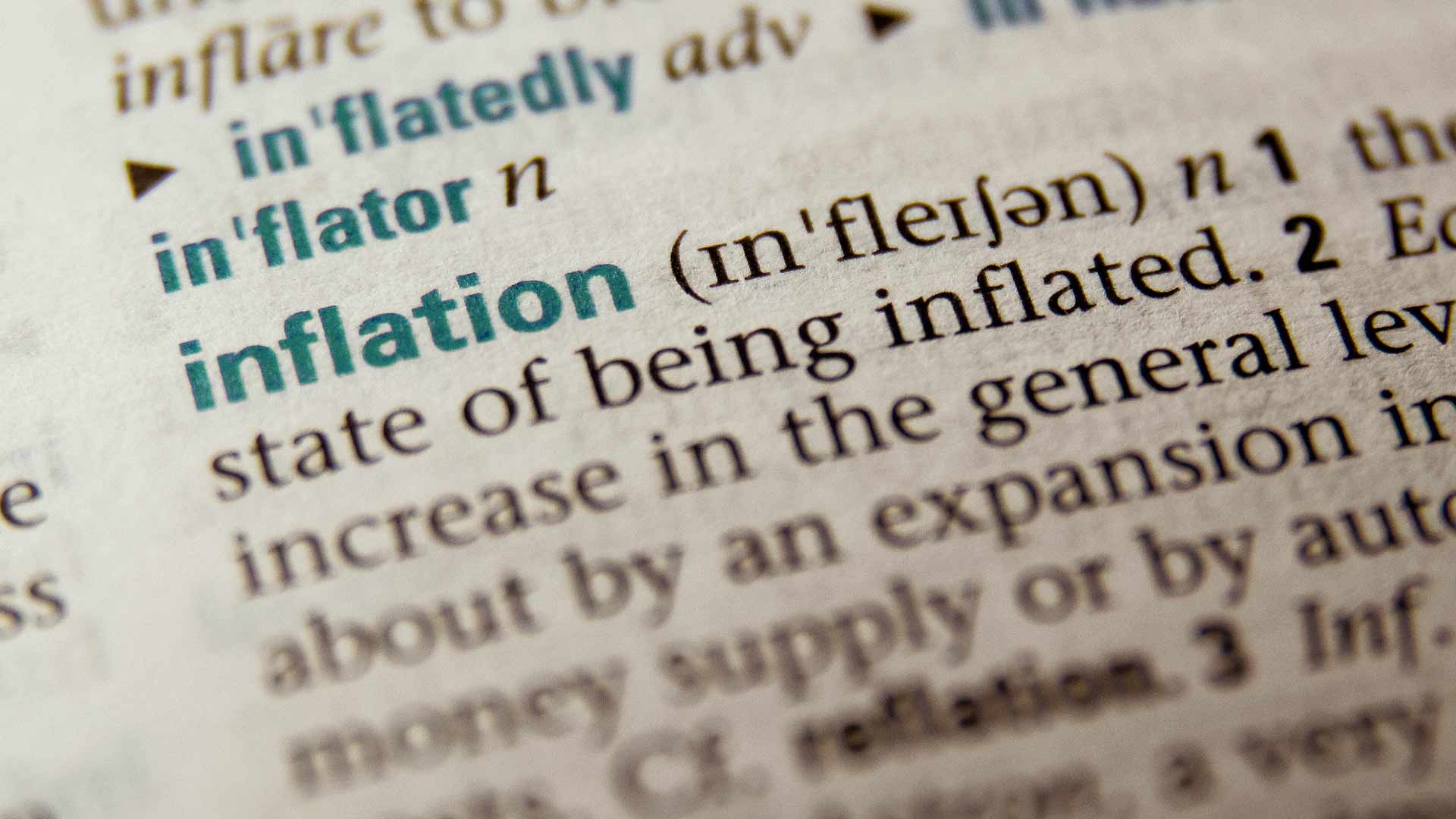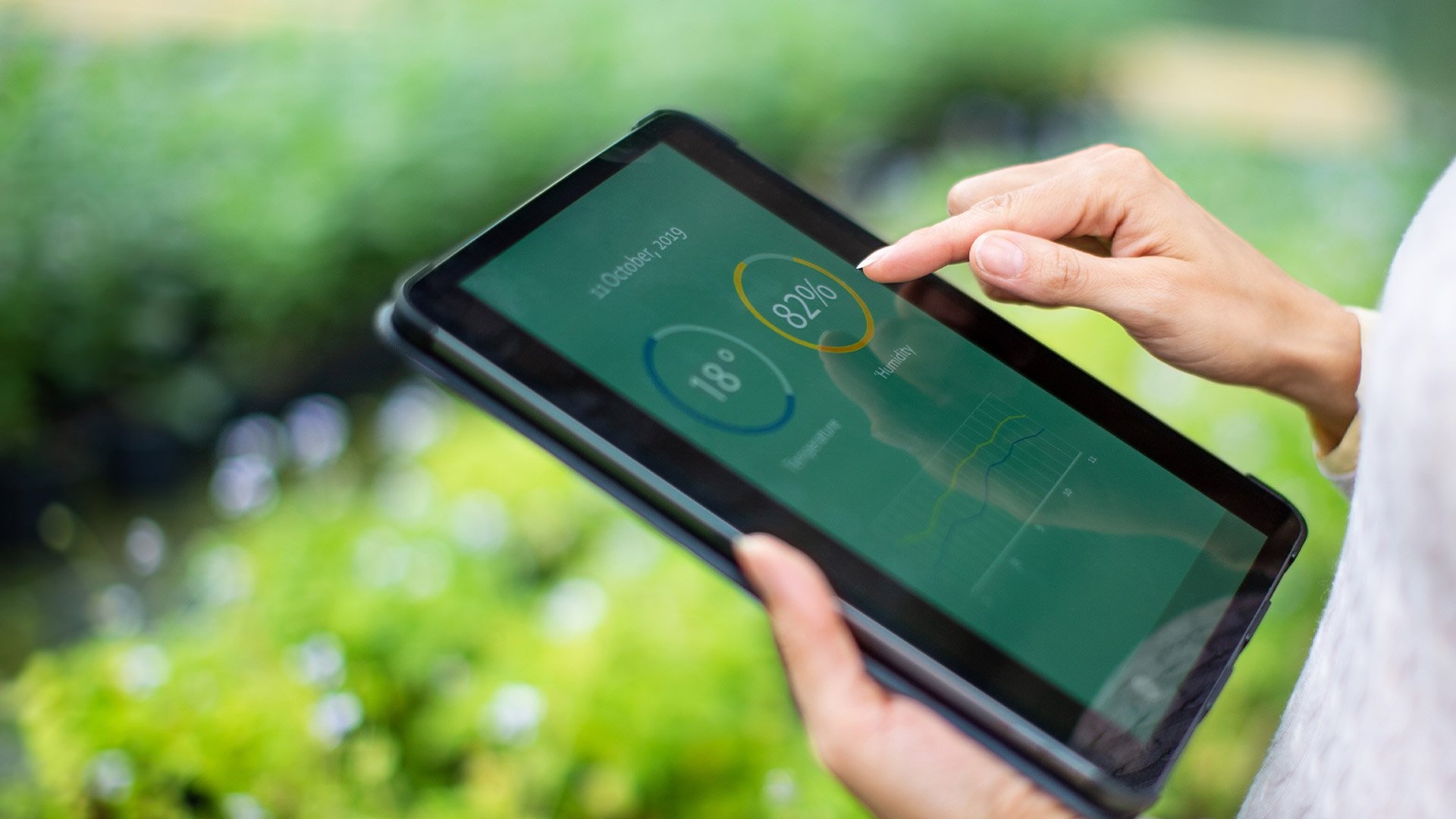The impact of Covid on the finances of millions of families will be felt for some time. The relief provided by the South African Reserve Bank (SARB) when it cut interest rates in April 2020 to their lowest level in more than 50 years was highly appreciated. The cuts had the effect of putting a few more rand in the pockets of many families, especially those with debt linked to the prime lending rate.
The repayments on a R1 million home loan, for example, are nearly R2,000 less than they were in January 2020. Before SARB cut the prime rate from 10% to 7%, you would have been paying closer to R9,650 if your home loan was granted at the prime lending rate. After the cuts, your monthly repayment is now about R7,750.
Why does this matter?
Pointing out these big savings in your budget is a way to illustrate that the good times will not last. And when rates do increase, so will the costs of any monthly debt that has a variable interest rate. Interest rates typically climb when there’s higher demand for goods and services. The pandemic has killed off a lot of demand, so prices, inflation and interest rates have fallen as well.
So far in 2021, SARB has said it expects to raise interest rates twice in the year, but probably only by 0.25% each time
But as the global economy starts to pick up again, so will inflation and interest rates. Not only will debt cost more, but the price of goods and services will go up too – so even a small increase in the prime rate can have a knock-on effect on your expenses. This means you should start preparing to tighten your belt a little if interest rates do go up in coming months.
When will this happen?
No one can say for sure when rates will be hiked again but keeping an ear to the ground every 2 months should give you a good idea of what to expect. SARB meets every second month from January to decide on interest rates. The nitty-gritty detail can be overwhelming and boring, but here’s what you need to listen out for:
- Have interest rates been lowered, left unchanged or increased?
- What is SARB’s outlook – to cut, leave alone or raise rates at future meetings in the year?
So far in 2021, SARB has said it expects to raise interest rates twice in the year, but probably only by 0.25% each time. That shouldn’t affect your budget much directly – on that R1 million home loan, a 0.25% increase would raise your repayment by about R150 to just more than R7,900. If both increases happen this year, you’ll be paying about R8,050 a month, amounting to R300 more per month just on your home loan.
But the knock-on effects we mentioned earlier could see some feeling the pinch, especially if we continue to have high food price inflation.
Is all my debt affected?
Fortunately, only credit that has a variable interest rate rises or falls in sync with the prime interest rate. This is typically debt like a home loan or a credit card. Some credit, like a personal loan and vehicle finance, will have a fixed interest rate. This makes them attractive products to get when interest rates are at historic lows. A fixed interest rate remains unchanged over the full term of the loan, no matter what happens to the prime lending rate.
It helps to be ready to take advantage of future cuts. Rate cuts are useful because you suddenly have some free cash flow
This means that when rates increase, as they certainly will do at some stage, you won’t have to adjust amounts in your budget because your repayments stay unchanged. You can tick those amounts off as fixed costs in your monthly budget for the full repayment period.
How to prepare
You can’t influence when or by how much interest rates change. All you can do is to prepare, so that you’re ready if they move up or down. This means paying attention when SARB next meets and makes a decision. This is widely covered on radio, television and other media – and you can find current and past rate adjustments on SARB’s website.
If rates do move up, or SARB says it’s considering raising rates later in the year, then it’s maybe time to start cutting back on luxury expenses. You can get an idea of how much more you’ll have to pay by using this calculator. Increase the interest rate shown so you can see how much more you’ll pay if the rate climbs by 0.25% or 0.5%.
Be ready the next time rates fall
Although interest rates are likely to stay unchanged for now, and then begin to rise again, you can expect them to peak at some point in the future, and then fall again. It helps to be ready to take advantage of future cuts. Rate cuts are useful because you suddenly have some free cash flow. But what’s even more useful is continuing to pay the same amount as before the change in the interest rate. In this way, your extra contribution reduces the payback period as well as the total interest you end up paying.
Or, you can take the savings from the interest rate cut and put that money into a savings account. Those with an emergency fund during Covid-19 lockdowns would have been grateful for the help it provided when salaries or jobs were cut.
The big take-away from the low interest rate environment is that it can’t last. Rates will slowly start climbing again, and if you have debt with a variable interest rate, your budget is going to be affected. Acting now can save you some fancy footwork when rates inevitably rise.
This article is for general information only and does not constitute financial advice under the FAIS Act. Nedbank accepts no liability for any loss arising from reliance on this content. Please consult a qualified advisor before making financial decisions.








